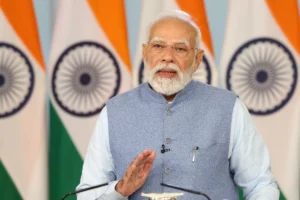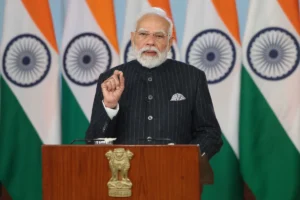
To ensure seamless connectivity and reduce connection times between flights, the government of India has initiated a plan to transform Indian airports into aviation hubs, beginning with the Delhi airport.
Ajay Singh
“We are working with stakeholders to look at how we can prepare Delhi airport to become a hub. A consultant will be hired to look at international comparables to see how we can go about doing that, so that is a work in progress.”
“We need a concentration of airlines, domestic to international connectivity with that airline, and minimum connect time between those airlines. We need to ensure that the vicissitudes and the volatility in terms of arrivals and departures between flights are flattened out.”
The expert, as most would consider it normal to present a report in the final part of 2023, will consider different viewpoints required for the centre point, like the convergence of carriers, homegrown to global networks, and negligible association times between carriers. The review will analyse rehearsals at air terminals like Heathrow in London, Dubai, Doha, and Singapore.
For international hubs like Dubai, Turkish Airlines for Istanbul, and Singapore Airlines for Singapore, strong airlines with large fleets, particularly wide-body aircraft, are essential drivers. In India, IndiGo and, as of late, privatised Air India have the biggest armada sizes and aeroplane orders, which will uphold the country’s centre-point plans.
IndiGo, with an armada of more than 300 planes, has almost 500 aeroplanes on hand, and the Goodbye Gathering runs Air India has submitted a request for 470 aeroplanes in February 2023 with choices for another 370 planes. While the wide-body portion in India as of now has around 13% of the functional armada of significant aircraft, the public authority has been pushing Indian transporters to arrange bigger planes that can offer a constant network to distant objections.
To read more such news, download Bharat Express news apps



















